In today’s fast-paced world, keeping your team up-skilled is essential.
But how do you know if your investment in training is really paying off?
In this edition of our 2-Minute Training, we’ll walk you through simple steps to measure the return on investment (ROI) of your training programmes—so you can see the real impact on your business.
Step 1: Find Your Key Metrics to Track
To figure out the effectiveness of your training, it’s important to track specific key performance indicators (KPIs).
These will give you a clear picture of the results. Here are some KPIs to keep in mind:
- Boost in productivity: Track metrics like output per employee, task completion times, or error rates before and after training. Organisations with a strong learning culture have 52% more productive employees. (Deloitte’s Global Human Capital Trends)
- Happier employees: Use surveys or feedback forms to measure changes in employee morale, engagement, or job satisfaction. Higher satisfaction often leads to better retention and improved workplace culture.
- Lower turnover: Monitor employee retention rates over time. Organisations with robust training programmes have a 25% lower turnover rate compared to those without. (Qatar’s Ministry of Administrative Development)
- Improved customer satisfaction: Measure customer feedback scores, reviews, or loyalty rates before and after training. Well-trained employees can provide better service, which directly impacts how satisfied and loyal your customers are.
- Increase in revenue and profit: Look at sales figures, profit margins, and overall business growth after training. Whether it’s closing more deals or reducing errors that save costs, training can have a direct impact on your company’s bottom line.
Step 2: How to Measure ROI:
Once you know which KPIs to track, here are a few simple ways to measure ROI:
- Cost-benefit analysis: Tally up the total costs of the training (instructor fees, materials, employee time, etc.) and compare them to the financial benefits (increased revenue, decreased costs, fewer errors). This basic comparison helps you assess whether the training is paying off.
- ROI formula: To calculate ROI, use this formula: ROI = (Net Benefits / Cost of Training) x 100. For example, if the training cost £10,000 but resulted in £15,000 in benefits, your ROI would be 50%. A positive ROI percentage shows the financial value added by training.
- Before-and-after comparison: Take a snapshot of key performance metrics (like sales, productivity, or customer satisfaction) both before and after training. Any improvement can help you directly link your training to better business outcomes.
- Qualitative feedback and skill assessments: Besides the numbers, gather direct feedback from employees and managers to assess changes in skills, attitudes, and behaviours. Conduct surveys or interviews to understand how employees apply what they’ve learned, providing insights into the less tangible benefits of training, such as improved leadership or teamwork.
Bonus Tips: Best Practices for Measuring ROI:
Bonus Tips: Best Practices for Measuring ROI:
To ensure that your ROI measurements are accurate and meaningful, it’s important to follow best practices.
- Set clear objectives: Define specific goals for your training programmes to measure their effectiveness.
- Collect data systematically: Use reliable methods to gather data before, during, and after training.
- Analyse data comprehensively: Use data analysis tools to identify trends and patterns.
- Communicate results effectively: Share the ROI of training programmes with stakeholders to justify future investments. This will help you secure the necessary resources to continue your training initiatives.
By following these steps, you’ll have a solid way to measure the impact of training and use those insights to make future decisions that boost your business.





